This podcast found in:
- Raw RecipesRaw Recipes Index
- MoreGoodies, About, Praise + More
- StoreApps, Courses + More
Trending Items In The Store
- CelebrateSeasonal Suggestions
- New To Raw?Start Here
- WellnessCreating Healthy Habits
- CommunityRawtarian Community
Hello Beautiful!
It looks like you're new to The Rawtarian Community. If you'd like to get involved, click one of these buttons!
Login to Community Signup for an account Login using FacebookTrending Community Recipes
- Community









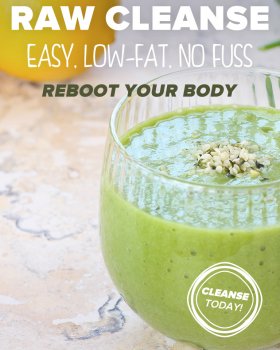














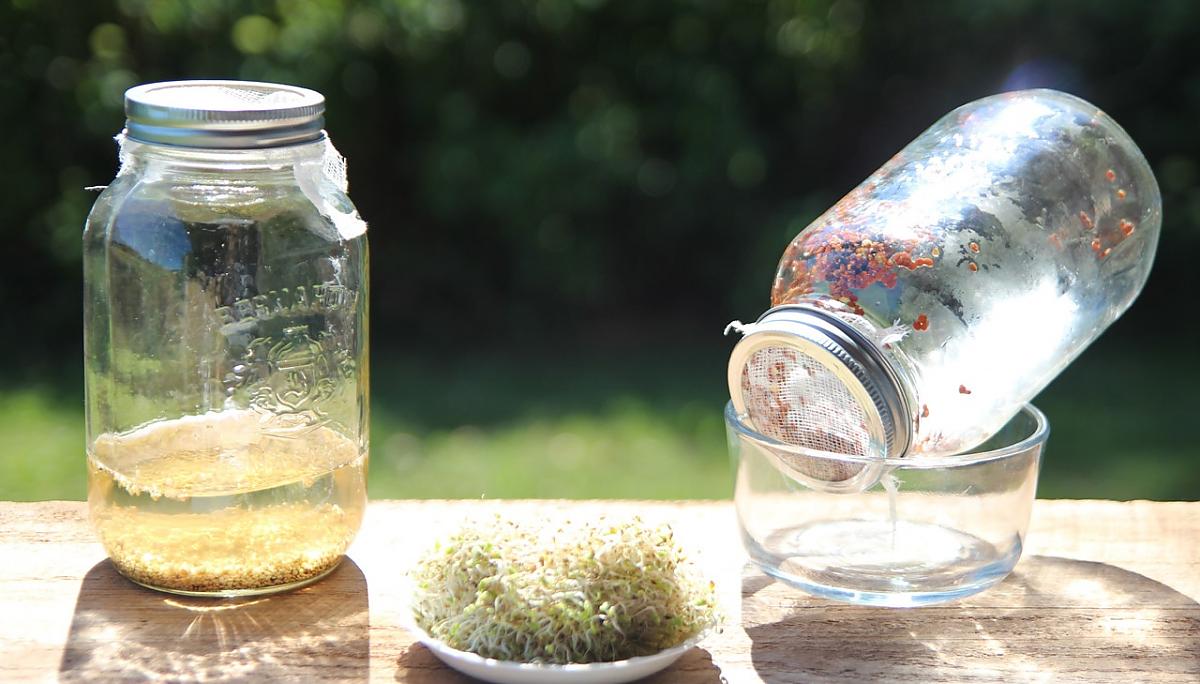
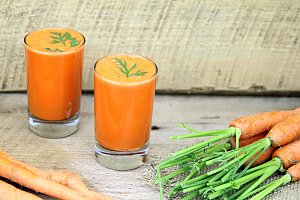




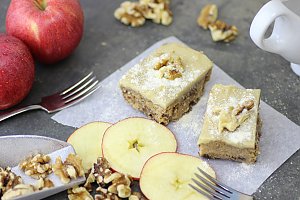


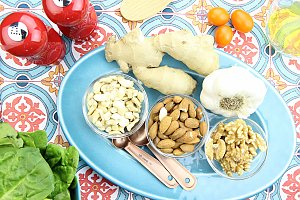
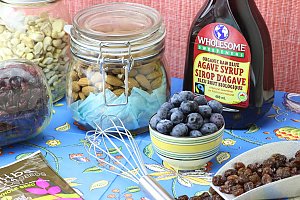

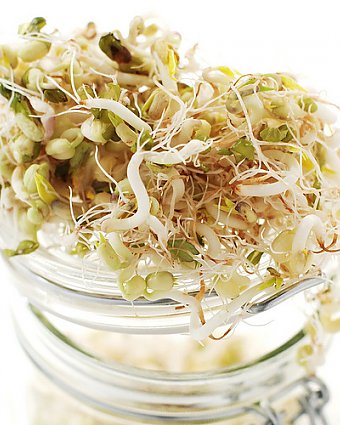
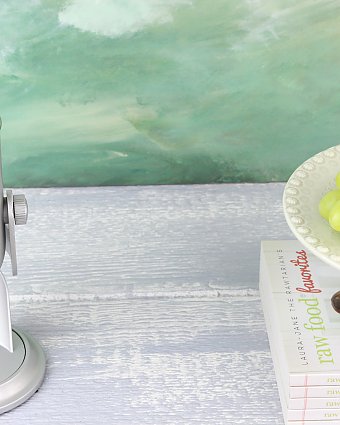
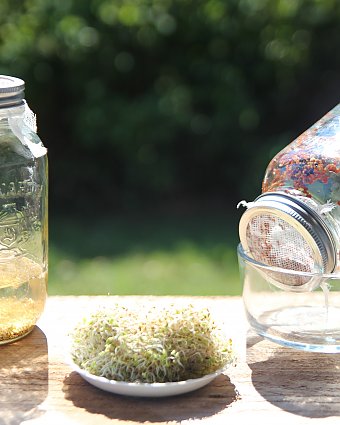






























Comments
Top voted
Silas Stoddart
Jan 08, 2021
I would like to talk to you about Sprouting. I am work for the the largest supplier of sprouts, sprouting seed, and sprouting equipment in North America. Who would be the best person to talk with about being a part of the podcast.
All
Silas Stoddart
Jan 08, 2021
I would like to talk to you about Sprouting. I am work for the the largest supplier of sprouts, sprouting seed, and sprouting equipment in North America. Who would be the best person to talk with about being a part of the podcast.
Leave a Comment